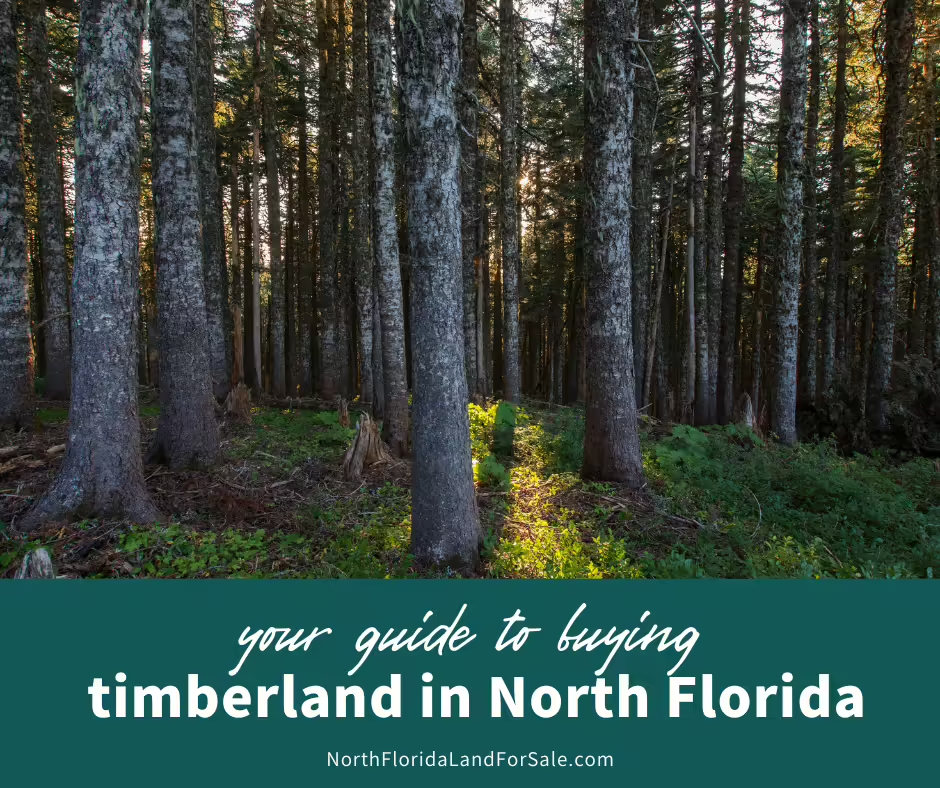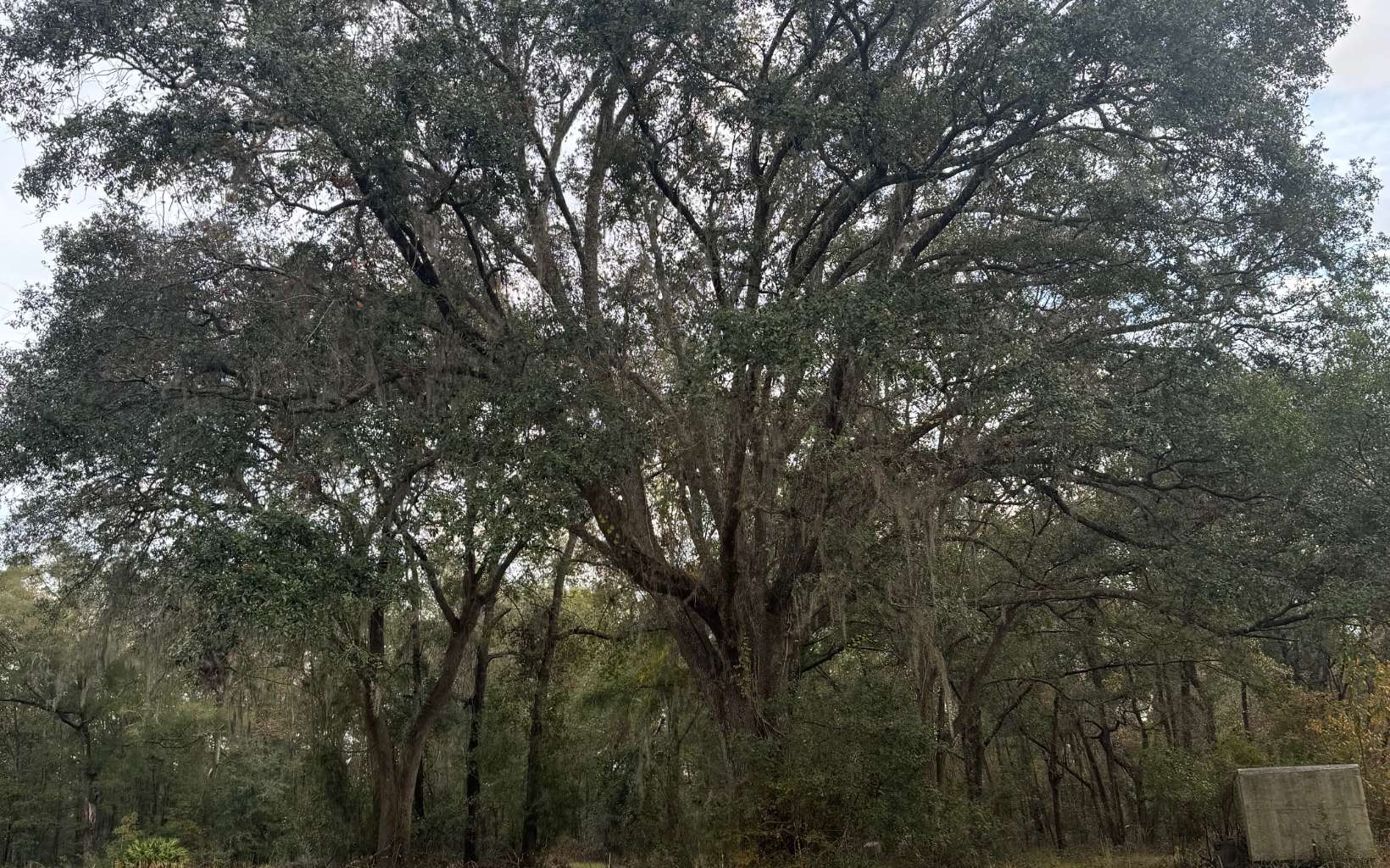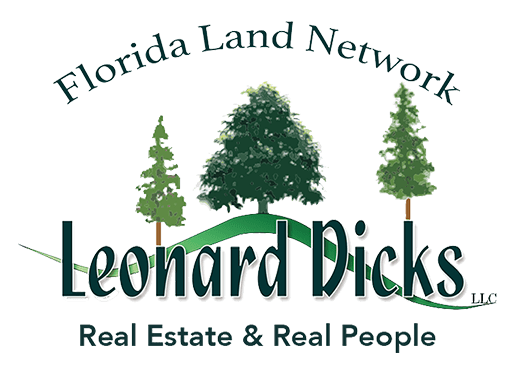
Timberland can be a valuable investment in North Florida, offering opportunities for income through sustainable forestry. With the region’s fertile soils and favorable climate for pine and hardwood trees, buying land for timber can provide both long-term profit and environmental benefits. Here’s what you need to know if you’re considering timberland in North Florida.
Buying North Florida Land for Timber: Tips and Insights
Buying land specifically for timber requires careful consideration of several key factors, including:
- Choosing the right location and soil conditions
- Selecting tree species with the best growth potential
- Understanding the timber market and income potential
- Implementing sustainable forestry practices
- Managing land for long-term timber yield
Here’s a deeper look at each.
Choosing the Right Location and Soil Conditions
Selecting the right location is crucial when buying timberland, as different areas in North Florida offer varied soil types and conditions that affect tree growth. Timber properties thrive on land with well-draining, fertile soil that supports healthy tree growth. Pine trees, a popular choice in North Florida, require sandy, loamy soil to grow effectively, while hardwood species may do better in areas with richer, more nutrient-dense soils.
Location also affects the accessibility of the timber. Land close to main roads or highways makes it easier to transport harvested timber, reducing transportation costs and improving your ability to sell. It’s also worth checking if the land has established logging trails, as these can make future timber management more efficient. Properties that are too remote or lack road access may require additional investment in infrastructure to make them viable for timber operations.
Selecting Tree Species With the Best Growth Potential
Choosing the right tree species is essential for maximizing timber yield and investment potential. In North Florida, longleaf pine, slash pine, and loblolly pine are among the most common species for timber, as they grow well in the region and have high market value. Each species has different growth rates and preferred growing conditions, so it’s important to match the species to your land’s soil and climate characteristics.
Longleaf pines, for example, are hardy and well-suited to sandy soils but take longer to mature. Slash and loblolly pines grow faster, making them more appealing for shorter investment cycles, though they may be more susceptible to certain pests and diseases. Hardwoods, like oak or hickory, are also an option for those interested in diversity or higher-value wood, but they generally take longer to reach harvest maturity. Researching the growth characteristics and market demand of each species can help you make a well-informed decision.
Understanding the Timber Market and Income Potential
Timber can be a valuable investment, but the timber market is cyclical, with prices fluctuating based on demand, logging costs, and environmental conditions. Understanding the market before buying timberland will help you set realistic expectations for income and growth. Timber sales often depend on timing—waiting for optimal market conditions can maximize profits, while early harvesting during low-demand periods may yield lower returns.
In North Florida, pine is in high demand for lumber and paper products, while hardwoods are sought after for furniture and specialty products. If you plan to harvest timber regularly, consider working with a forestry consultant to assess the best times to thin or clear-cut for profit. Many timberland owners create a rotation plan that allows for staggered harvests over time, generating steady income without depleting the land’s resources.
Implementing Sustainable Forestry Practices
Sustainable forestry is key to maximizing the long-term productivity and health of your timberland. Practices like selective thinning, clear-cutting only in designated areas, and replanting help maintain soil quality and biodiversity. For example, thinning out smaller or weaker trees encourages the growth of healthier, high-value trees, which can improve the overall quality of your timber stand.
Some North Florida counties and state programs offer incentives for sustainable practices, such as tax benefits for land dedicated to conservation or specific timber programs. By following sustainable practices, you also support wildlife habitats and reduce environmental impact, enhancing the value of your land. Researching state programs or working with a forestry consultant can help you implement best practices for sustainable timber management on your property.
Managing Land for Long-Term Timber Yield
Timber investments require long-term management, as trees take years or even decades to mature. Planning for replanting and regrowth cycles can extend the productivity of your land and increase the timber yield over time. Many timberland owners use a rotation system, where sections of the land are harvested in phases, allowing continuous growth and income as different sections mature.
Creating a timber management plan with the help of a professional can ensure you’re maximizing both growth potential and timber quality. Land management also includes controlling invasive species, monitoring soil health, and protecting young trees from pests or fire damage, which are common concerns in timber management. By committing to consistent land management, you can protect and enhance the value of your timberland investment in North Florida.
Are You Buying a Home or Land for Sale in Lake City?
If you’re moving to Lake City, we can help you find the perfect place to live. Call us at 386-243-0124 to tell us what you want from your home and we will begin searching right away.
Check these out:
- Paved road frontage for sale in Columbia County
- Non-deed-restricted land for sale in Columbia County
- Wooded oak tree land for sale in Columbia County
- Land-for-land home combo in Lake City
- Waterfront residential in Lake City
- Waterfront land in Columbia County
- Bank-owned homes and foreclosure in Columbia County
- Short sales in Columbia County



